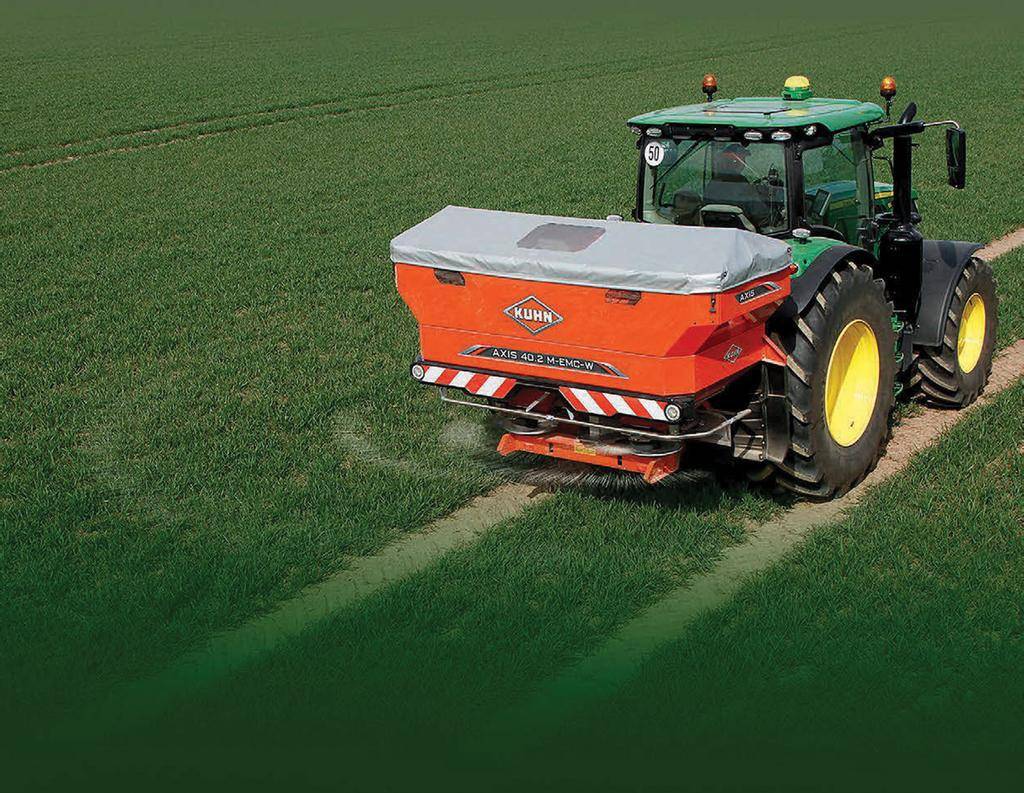
We can enhance the amount of nutrients in the soil and achieve very high output levels with the aid of fertilizers. These are used in vineyards, fruit trees, and even other kinds of crops. There are currently many different varieties of fertilizer spreaders, and some people are still unsure of what each one does.
The fundamental concept of fertilizer spreaders is straightforward: they are gardening tools that enable you to evenly distribute a consistent material, such as fertilizer or seed, over a vast area.
Spreaders come in four different varieties; however, they can be divided into two groups: drop spreaders and broadcast spreaders. Which one you pick will depend on a few things, such as the size of your land and the kind of application you require.
Broadcast Spreaders:
These are the most typical kind of lawn spreaders, also referred to as rotating spreaders. They are ideal for larger spaces (up to and over an acre of space).
This kind of spreader works on a straightforward principle: a hopper at the top feeds material to a horizontal spinning disc below. Fins on the disc spread the material as it falls from the hopper.
More sophisticated broadcast spreaders will allow you to change the spread's direction and distance. The majority of hoppers in the lower price range are composed of plastic, however, stainless steel is used in the more expensive ones to improve longevity and resistance to corrosion.
Drop Spreaders:
Spreaders for drops live up to their name. They often drop material just below the hopper and have a larger hopper than a broadcast spreader. They are therefore suitable for applying fertilizer or seeds precisely. They won't scatter debris all over the place if you push them directly over a certain area, like a row garden or a section of dead grass. Drop spreaders are excellent for "spot repairing" dead patches in your lawn or garden.
Handheld Spreaders:
The most portable and user-friendly fertilizer spreaders are hand-held models. To spread your seed or fertilizer, all you have to do is put some materials into the hopper and turn a crank. But what they lack in precision and volume, they make up for in mobility and ease of use.
In comparison to more powerful broadcast spreaders, the hoppers don't distribute very far or store a lot of material. They are also less accurate than a drop spreader with accurate calibration.
Pull-Behind Spreaders:
These spreaders are the heavy-duty, top-of-the-line versions of smaller broadcast spreaders. They can be mounted to a tractor or an ATV and are also referred to as tow-behind fertilizer spreaders. Typically, they drive the gears that turn the horizontal spreader disc with the wheels.
Using a pull-behind fertilizer spreader is essential if you require a powerful spreader for a sizable area. They are better constructed, have a bigger hopper capacity, and have a significantly wider spread than smaller variants. However, there is a fee associated with that privilege, but it is worth it.
Companies providing fertilizer spreaders in India:
-
Land force
-
Maschio Gaspardo
-
Khedut
-
Mahindra
-
Fieldking
















